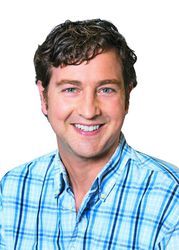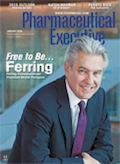2015 FDA Drug Approvals
Pharmaceutical Executive
Cures remain elusive, but regulators and industry are building ties that bind.
Judging by the headlines, the industry has failed to cure cancer, Alzheimer’s, Parkinson’s, obesity, etc. Based on this data, from the public’s point of view, big Pharma needs to rethink how it innovates. But consecutive years with high
Casey McDonald

water marks, at 41 NMEs and new therapeutic biological product approvals in 2014, and 45 for 2015, suggests some level of innovative prowess.
A look at the approvals from last year, and the special designations and expedited pathways granted by FDA en route to marketing affirmation, indicates that regulators and drug developers are communicating and cooperating. More than half of the products, 24 of 45, received a special status and/or accelerated review, according to FDA’s approval press releases. Seventeen were granted orphan-drug designation, clearly delineating the rare disease incentive blueprint that the industry is following, while eight were deemed worthy of “breakthrough” therapy status.
Eighteen made use of two or more of the agency’s special pathways and designations. A look at 2015’s full list below shows those products that made extensive use of FDA’s programs, and those that did not.
(Click to enlarge)

Casey McDonald is Pharm Exec's Senior Editor. He can be reached at cmcdonald@advanstar.com

Navigating Distrust: Pharma in the Age of Social Media
February 18th 2025Ian Baer, Founder and CEO of Sooth, discusses how the growing distrust in social media will impact industry marketing strategies and the relationships between pharmaceutical companies and the patients they aim to serve. He also explains dark social, how to combat misinformation, closing the trust gap, and more.


















